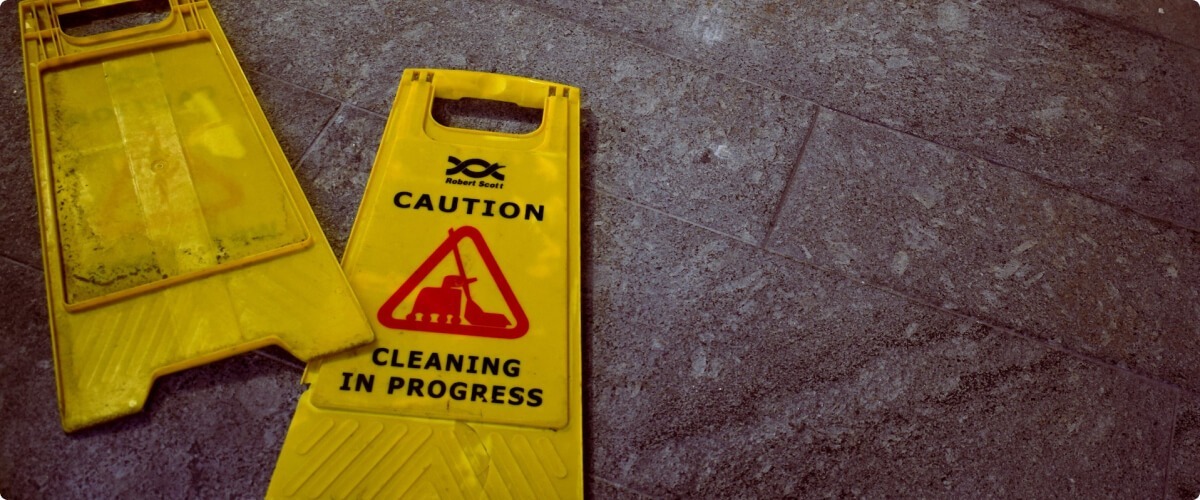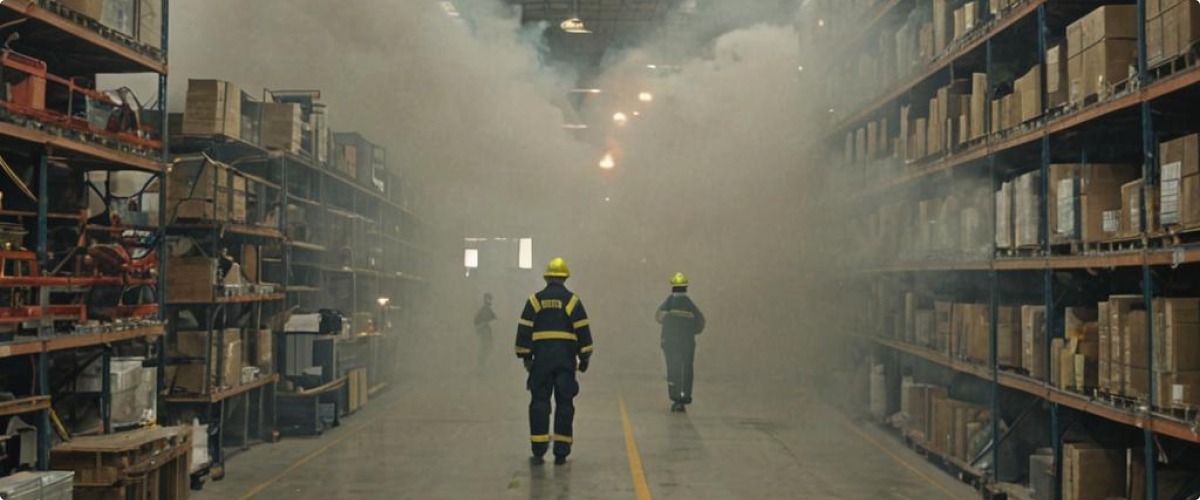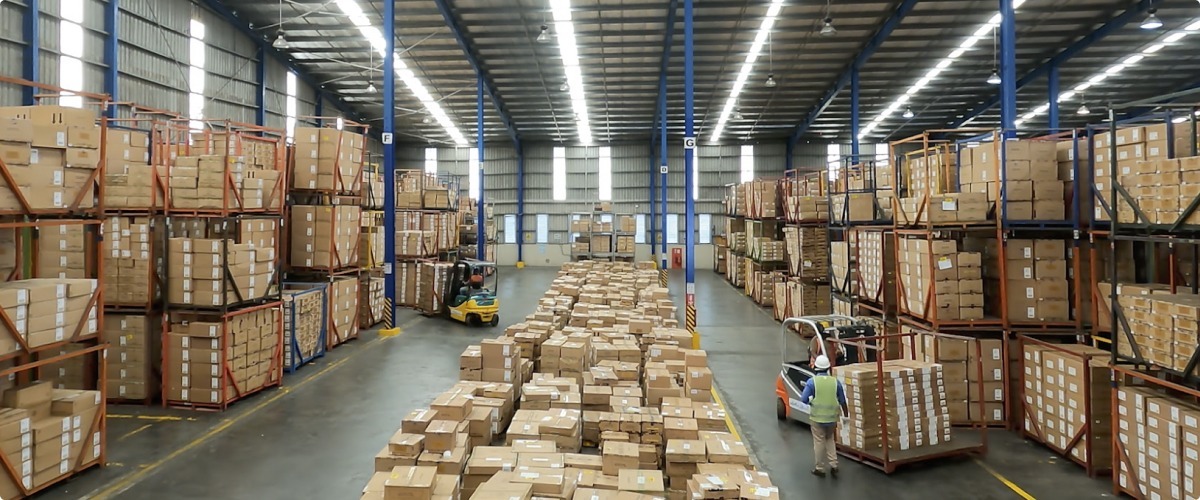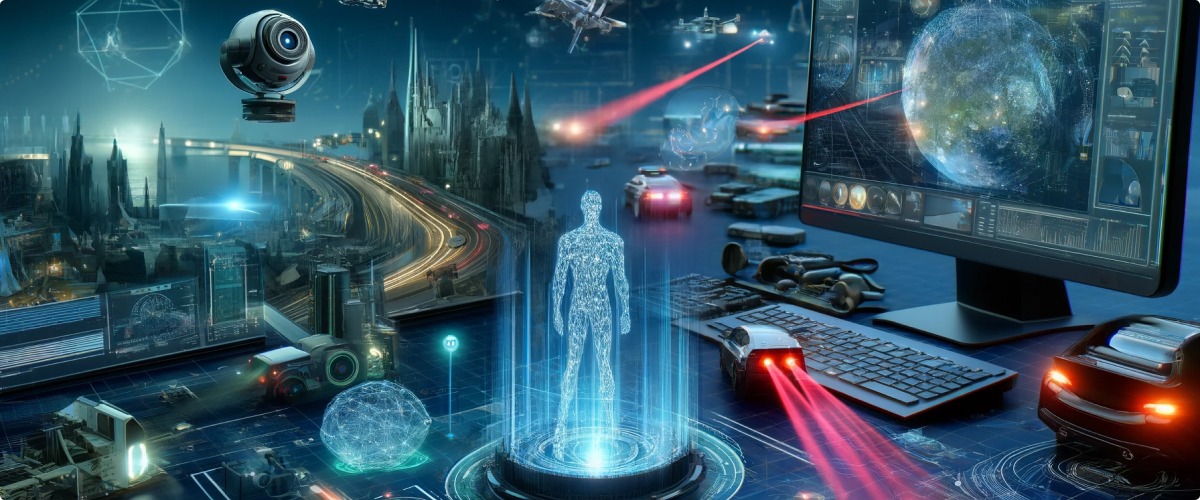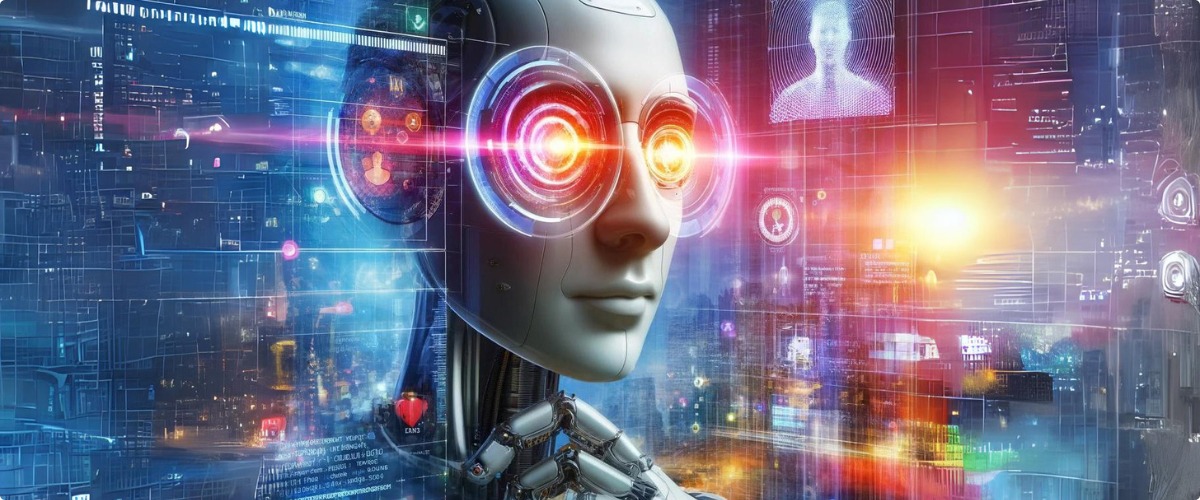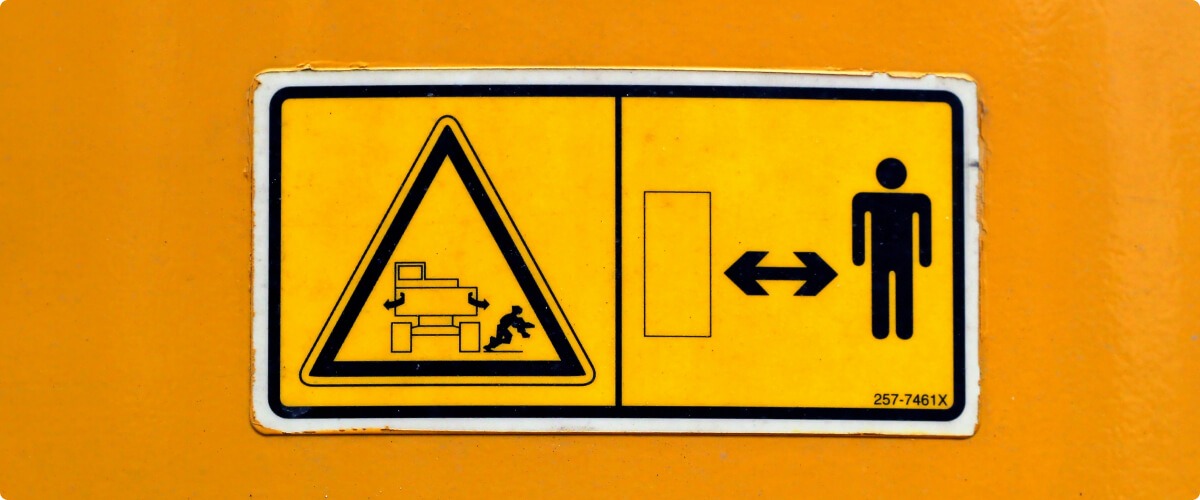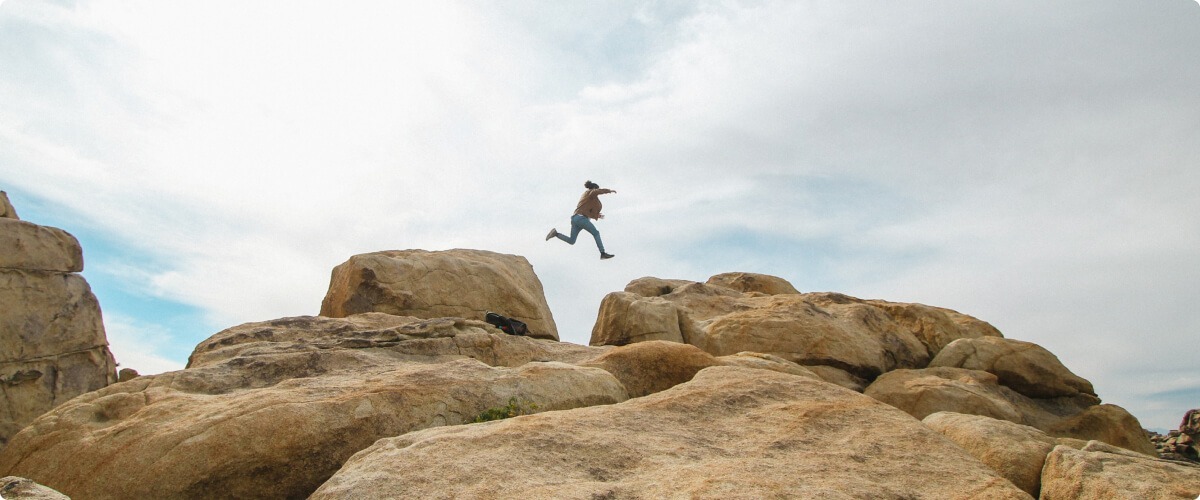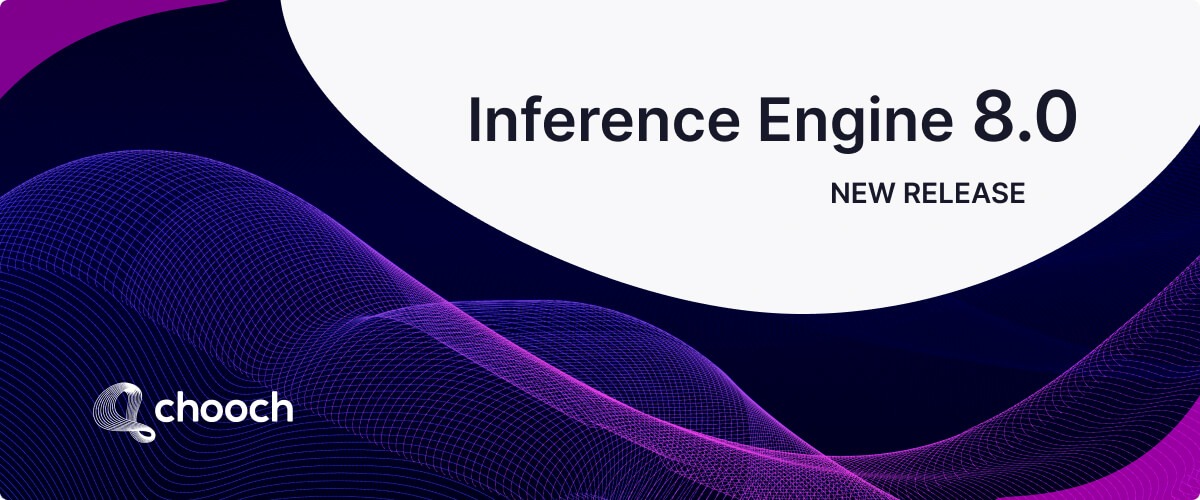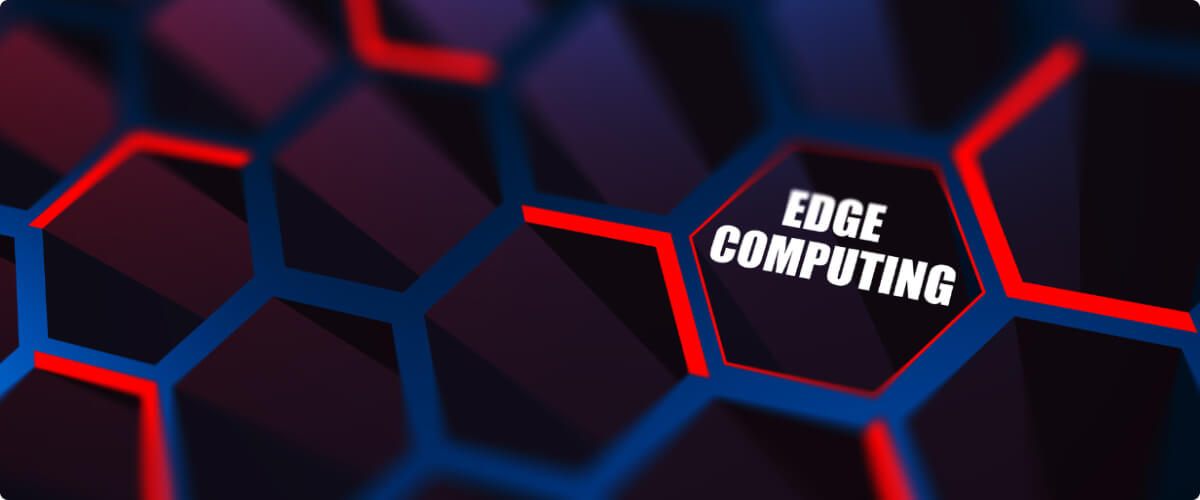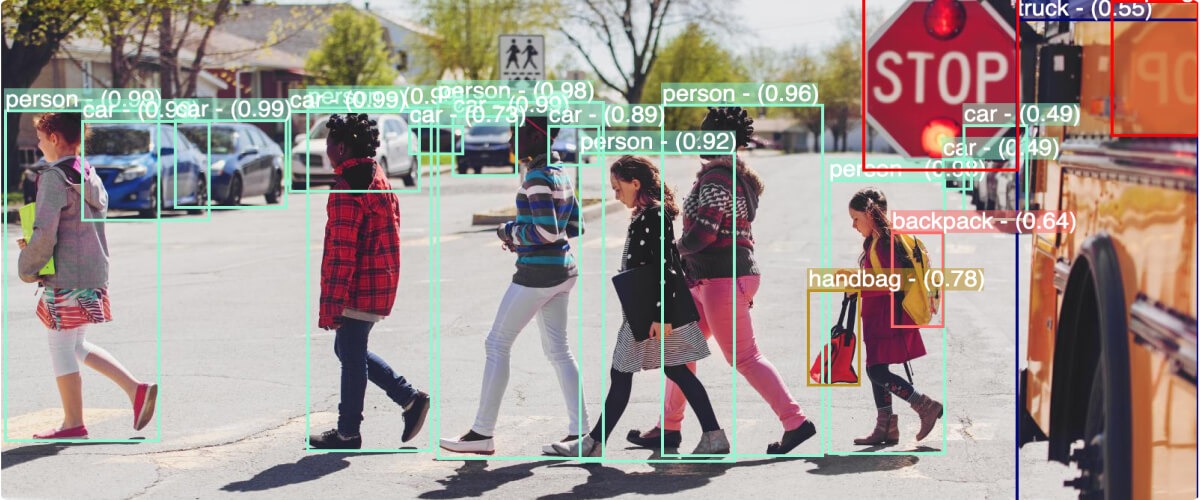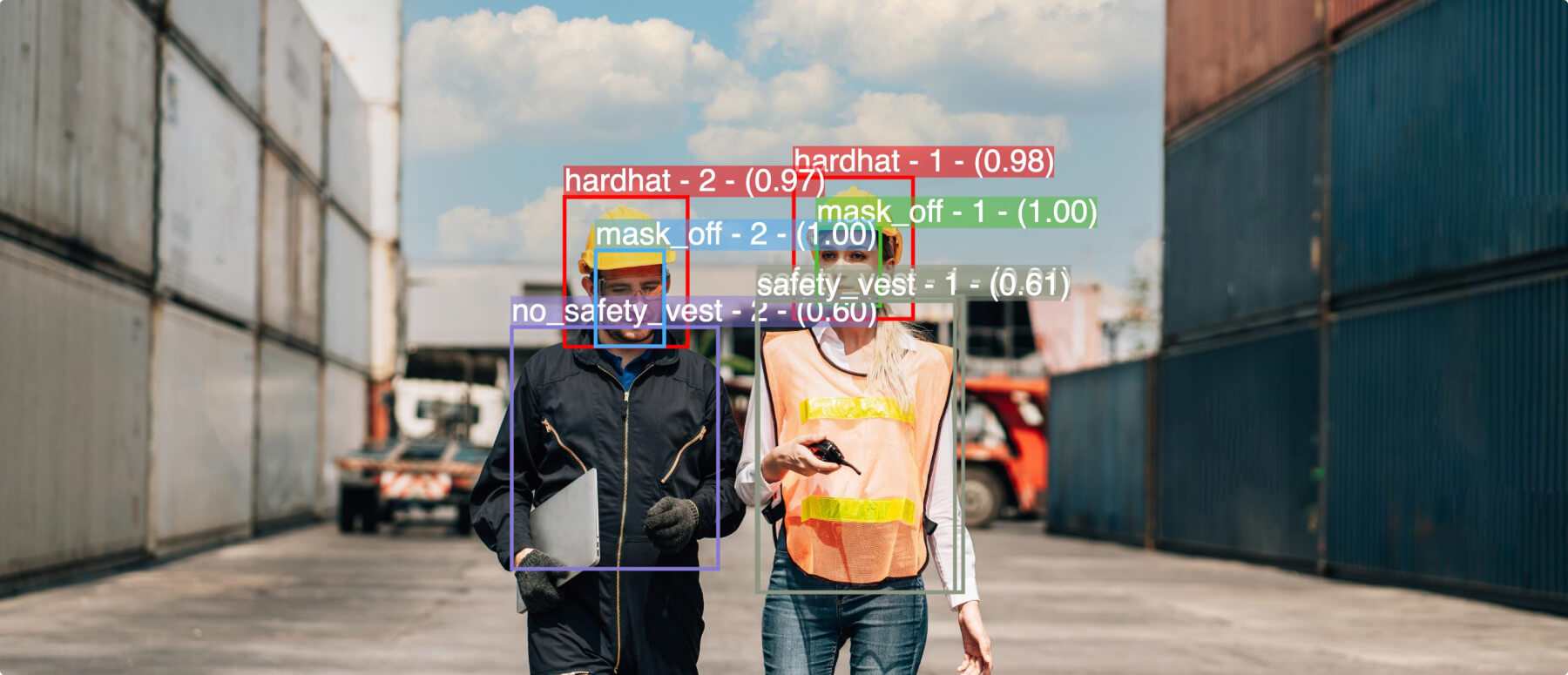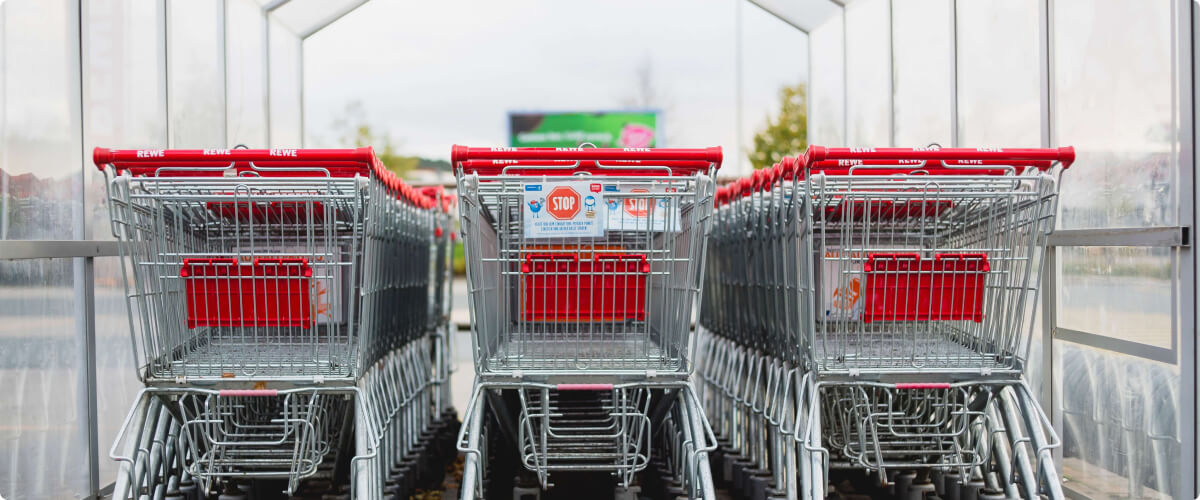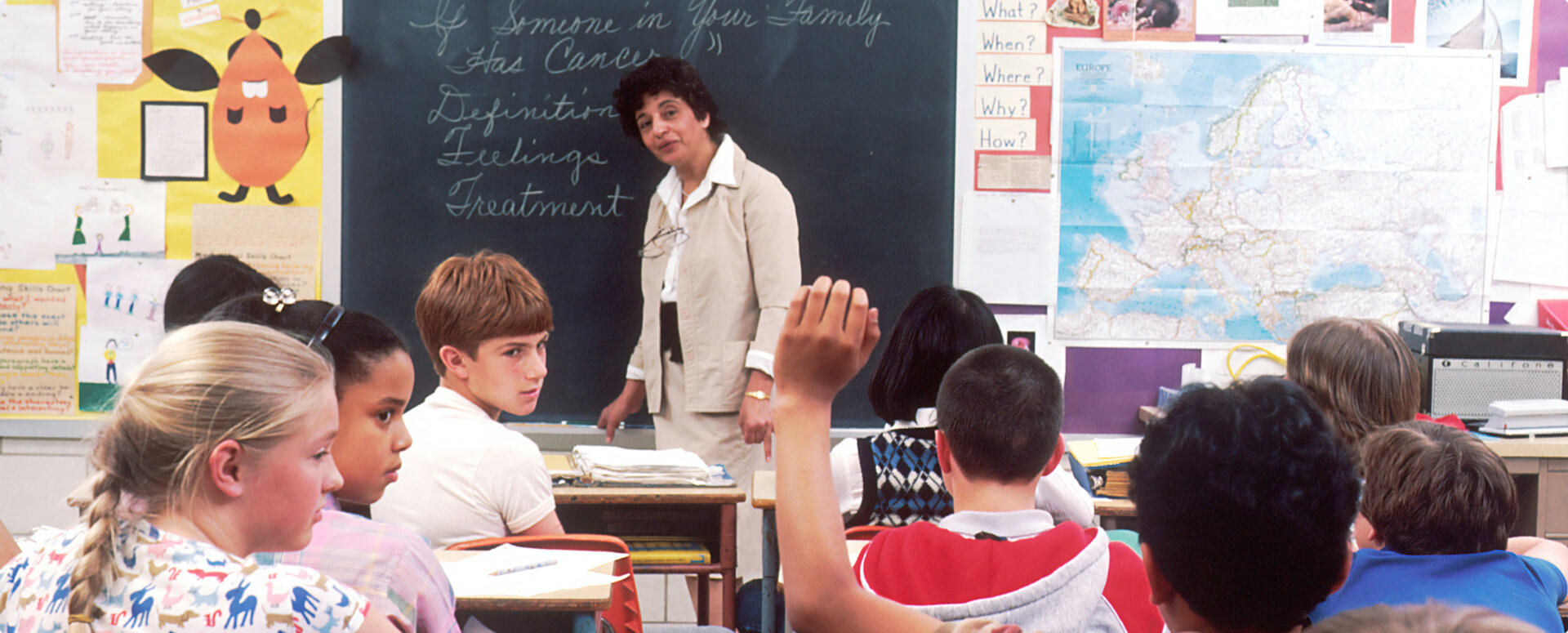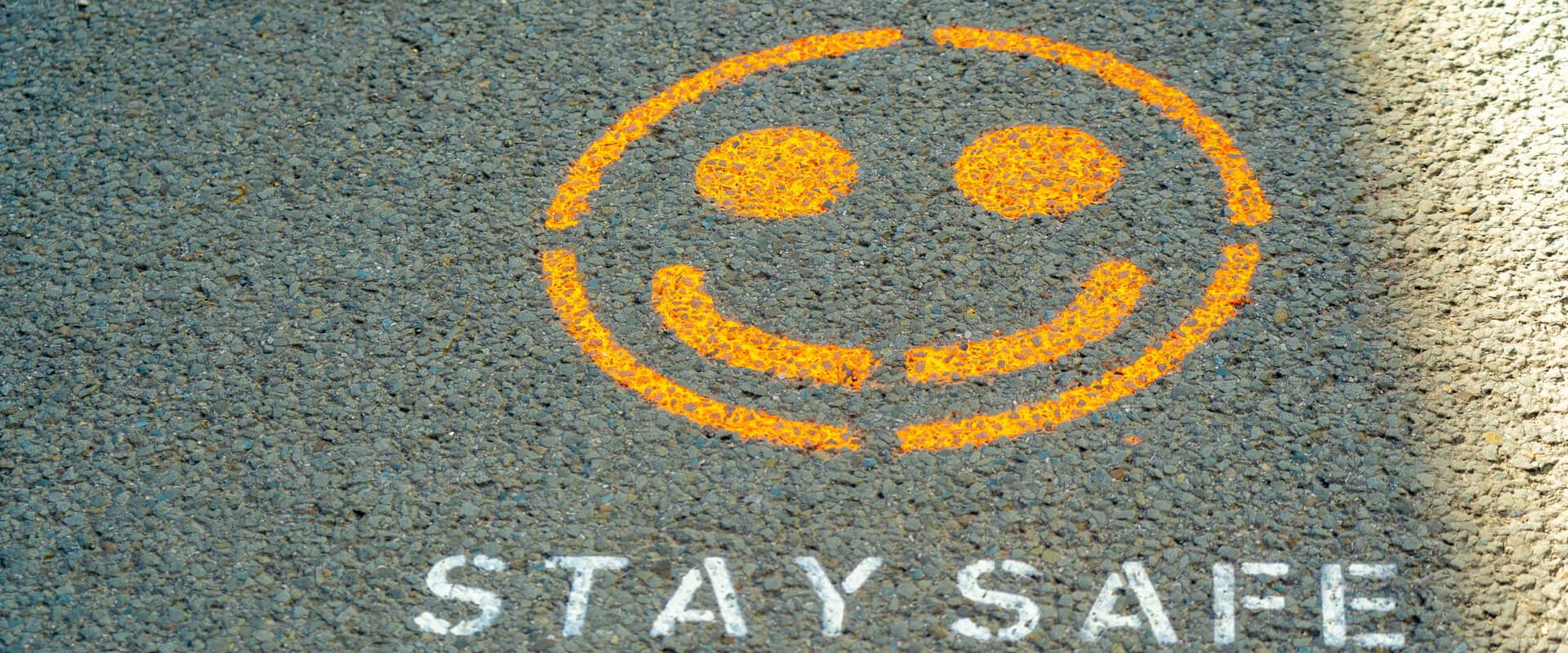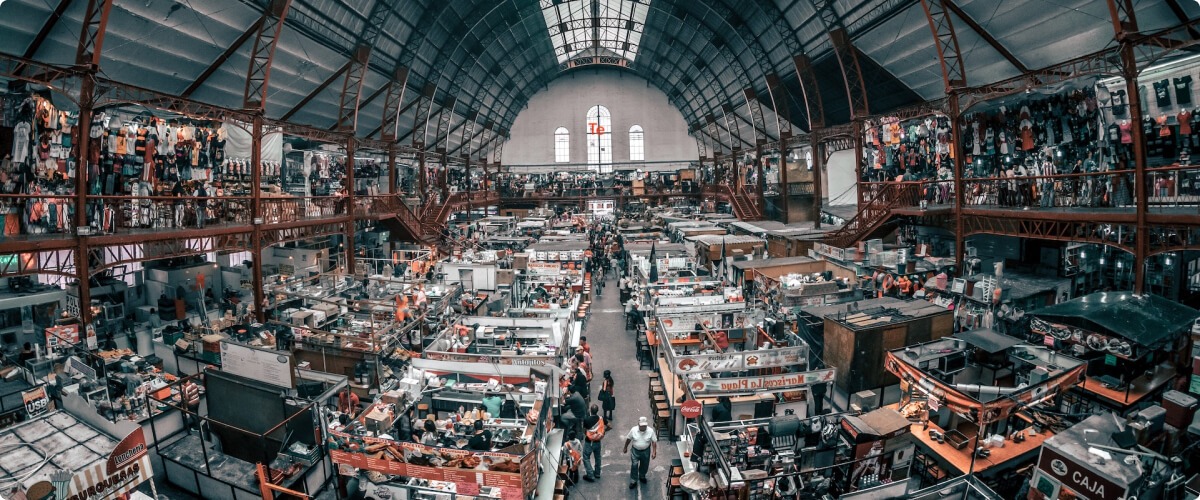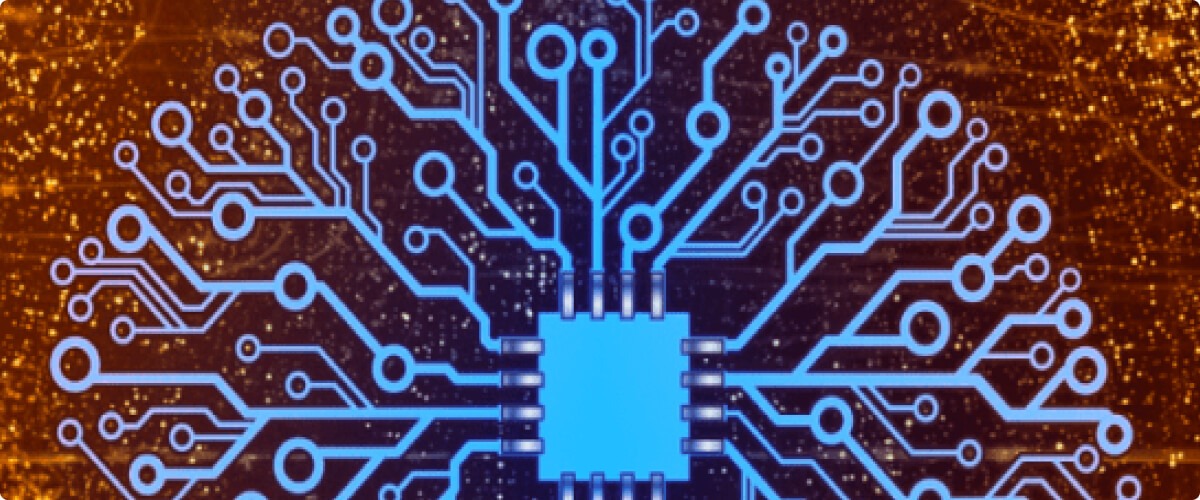Employee safety is a top priority for businesses across all industries. Workplace injuries, physical security breaches, chemical spills, and fires not only cost businesses significant amounts of money but can also tarnish business reputations. As these hazards continue to impact businesses, companies are looking to emerging technology to deliver innovative solutions to detect, alert, and prevent workplace hazards.
One AI safety technology being adopted by more companies is computer vision which enables machines to interpret visual information faster than humans can and with greater accuracy. The use of computer vision is already common within many industries, but let’s dive deeper into how manufacturers are adopting computer vision and applying it to improve employee safety and explore real-world examples of its effectiveness.
Common applications of computer vision AI for workplace safety
Computer vision has the potential to revolutionize workplace safety by automating hazard detection and providing real-time alerts. Computer vision helps businesses quickly identify and address safety risks, preventing accidents and improving overall employee welfare.
Employee safety hazards take many forms, depending on the industry and work environment. These are some of the more common examples where computer vision is used for early hazard detection.
Computer vision AI safety applications include:
AI can provide significant advantages for manufacturers when used for quality assurance, including:
- Monitoring hazardous conditions
Extreme temperatures, gas leaks, chemical exposures, fire, and smoke can be detected at the earliest signs of leaks or spills to prevent catastrophic environmental incidents, which in the United States alone, happen once every two days costing $477M annually. - Detecting emergency response
Struck-by incidents, where workers are hit by moving objects or caught-in between accidents where individuals become trapped in machinery or equipment can be identified earlier. Enforcing zones around no-go area sand sending alerts to supervisors when people cross into such zones can provide early warning. - Identifying unsafe employee behaviors or practices
Slip and fall, firearm, and proper ergonomic detections can be detected using computer vision models installed on cameras and other edge devices. - Detecting personal protective equipment (PPE) violations
Hardhats, gloves, goggles, safety vests, harnesses are all required safety measures that ensure an organization’s compliance with regulatory agencies, computer vision models can monitor adherance automatically. - Predictive maintenance and automated inspection
Signs of wear, damage, or tampering with equipment or electrical hazards, such as exposed wiring or overloaded circuits, can be monitored automatically by static cameras or drones running defect detection AI and watching for damage in asset intensive industries.
The importance of early hazard detection
Identifying and addressing hazards early is crucial for preventing accidents and maintaining a safe work environment. Early detection enables timely intervention, enabling businesses to correct unsafe conditions or practices before they escalate into serious incidents.
For example, if an employee is working on an elevated platform and computer vision models detect they’re not wearing a safety harness, an alert can be sent to the employee and their supervisor to address the issue before a serious fall occurs.
Traditional methods of hazard detection and limitationsTraditional methods of hazard detection often rely on manual inspections, safety audits, and employee reporting. While these methods can be effective, they have several limitations:
- Prone to human oversight
Inspections and audits can miss critical issues, especially when performed by individuals with limited safety expertise or those experiencing fatigue. - Labor intensive
Manual safety assessments can be labor-intensive, leaving less time for more productive tasks. - Reactive rather than proactive
Hazards are normally detected only after they’ve already caused damage or injury, making it difficult to prevent accidents.
In contrast, computer vision technology can provide real-time hazard detection and alerts, allowing for immediate corrective action to be taken. This proactive approach can significantly reduce the risk of accidents and injuries in the workplace.
For example, computer vision can detect when an employee is not wearing the proper personal protective equipment, such as a hard hat or safety glasses, and alert them to put it on before they start working. This can prevent injuries and ensure that employees are always following safety protocols.
Real-world examples of computer vision in workplace safety
Computer vision technology has already been successfully deployed to enhance safety in a variety of industries. Here are three case studies that demonstrate its effectiveness:
- Case Study 1: Manufacturing plant
A manufacturing facility used computer vision to monitor worker compliance with PPE requirements. The system alerted supervisors in real-time of violations, allowing them to take immediate corrective action. Over time, PPE compliance rates improved, and workplace injuries decreased significantly. - Case Study 2: Construction site
On a construction site, computer vision cameras were installed to detect workers entering dangerous zones without proper authorization or training. When a breach was detected, a real-time alert was sent to site managers, who could intervene and be proactive in preventing an accident. - Case Study 3: Warehouse
Using computer vision, a warehouse can monitor forklift operations, identifying instances where drivers performed unsafe maneuvers or failed to wear seat belts. The data gathered was then used to target specific training needs and promote safer operation, reducing the incidence of accidents and property damage.
Computer vision and AI safety technology is evolving
Computer vision is becoming a powerful tool for detecting employee safety hazards earlier to prevent workplace accidents. By understanding the technology and implementing the right system, businesses can protect their employees and reap long-term benefits. By detecting hazards early and proactively addressing them, businesses create a safer and more productive work culture for their teams. Learn more about our solutions for making your organization safer, contact us to talk to our team.

